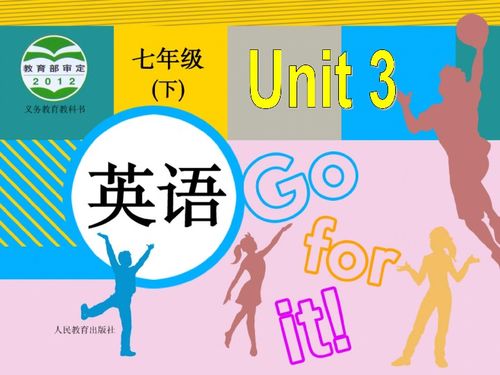Understanding Your Debt

Before you can start making money to get out of debt, it’s crucial to understand the nature of your debt. This includes knowing the amount you owe, the interest rates, and the minimum payments required. By having a clear picture of your debt, you can create a more effective plan to tackle it.
Assessing Your Financial Situation

Take a close look at your income and expenses. This will help you identify areas where you can cut back and free up more money to put towards your debt. Use budgeting tools or apps to track your spending and find areas for improvement.
Earning More Money

There are several ways to increase your income, which can then be used to pay off your debt. Here are some options:
-
Part-time Job: Consider taking on a part-time job to supplement your income. This could be anything from working in retail to freelancing in your field of expertise.
-
Freelancing: If you have a skill set that’s in demand, consider freelancing. Websites like Upwork and Fiverr can connect you with clients looking for your services.
-
Sell Unneeded Items: Have a garage sale, sell items online, or donate items to a charity. This can help you make some extra cash without having to spend much time or effort.
-
Invest in Stocks or Bonds: If you have some extra money, consider investing in stocks or bonds. While this comes with risk, it can potentially yield higher returns than traditional savings accounts.
Creating a Debt Repayment Plan
Once you have a steady source of additional income, it’s time to create a debt repayment plan. Here’s a step-by-step guide:
-
Make a List of Your Debts: Write down all your debts, including the amount owed, interest rates, and minimum payments.
-
Calculate Your Total Debt: Add up the total amount of debt you owe.
-
Set a Repayment Goal: Decide how much you can afford to pay towards your debt each month. This should be more than the minimum payment to reduce the interest you’ll pay over time.
-
Choose a Repayment Strategy: There are two common strategies for paying off debt: the avalanche method (paying off the debt with the highest interest rate first) and the snowball method (paying off the smallest debt first). Choose the one that works best for you.
-
Stay Committed: Stick to your repayment plan and avoid taking on new debt. It may be tempting to spend the extra money you’re earning, but it’s important to stay focused on your goal.
Reducing Your Expenses
In addition to earning more money, you can also reduce your expenses to free up more cash for debt repayment. Here are some tips:
-
Review Your Subscriptions: Cancel any subscriptions or memberships you no longer use.
-
Reduce Utility Bills: Save on electricity, water, and gas by using energy-efficient appliances and being mindful of your consumption.
-
Plan Meals: Meal planning can help you save money on groceries and reduce food waste.
-
Use Public Transportation: If possible, use public transportation instead of driving to save on gas and parking.
-
Shop Smart: Look for sales, use coupons, and compare prices before making purchases.
Seeking Professional Help
If you’re struggling to manage your debt on your own, consider seeking professional help. A credit counselor or financial advisor can provide guidance and help you create a personalized plan to get out of debt.
Table: Debt Repayment Plan Example
| Debt | Amount Owed | Interest Rate | Minimum Payment |
|---|---|---|---|
| Student Loan | $10,000 | 5% | $100 |
| Car Loan |
|


